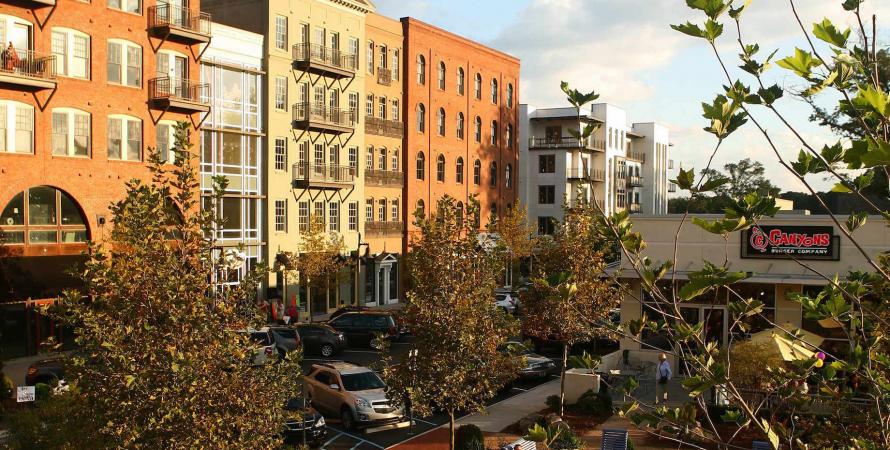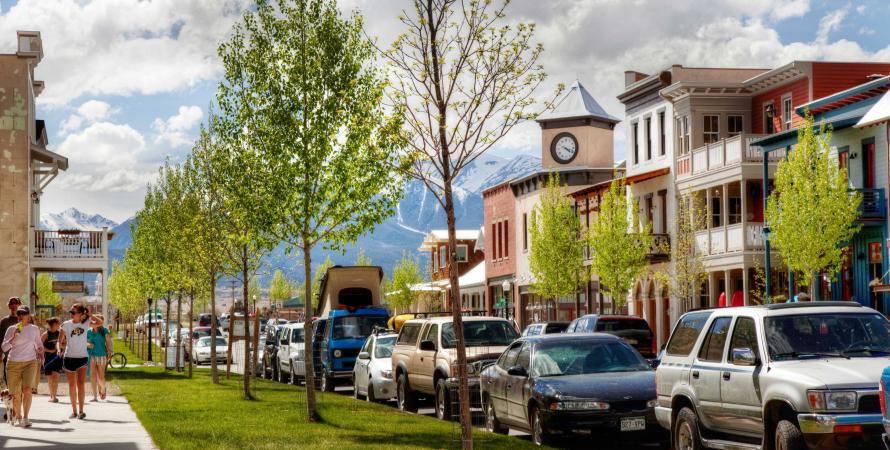Similar Projects
Downtown Woodstock, Georgia #thisisCNU
Woodstock, Georgia
Until 2000, Woodstock, Georgia, was a small town with a population of about 10,000—but encroaching Atlanta sprawl threatened to engulf the community in cookie-cutter projects.
Church Hill North—Armstrong Renaissance
Richmond, Virginia
Church Hill North—Armstrong Renaissance is a 22-acre extension of a disinvested neighborhood in Richmond, Virginia, addressing long-standing social issues while respecting the city’s proud architectural heritage.
South Main #thisisCNU
Buena Vista, Colorado
Outside Buena Vista, Colorado, on the site of a former garbage dump, forty acres of riverfront land sat vacant for years. It took two nature-loving developers—risk-takers with a background as competitive kayakers—to see what it could become.



